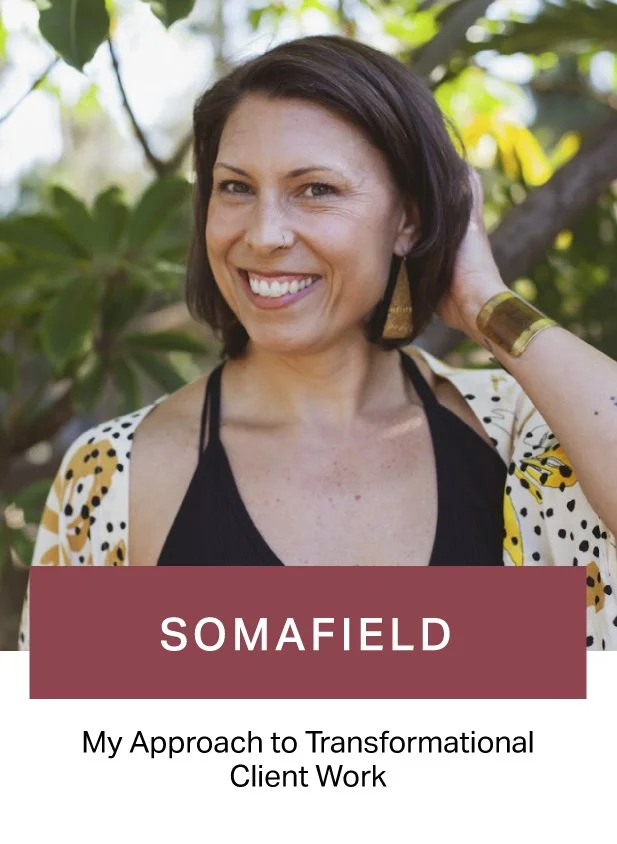Making Mistakes + Creating Repair with Clients
Even with the most skillful and seasoned practitioners, there is no perfect. Normalize the humanity of making mistakes with your clients. You will misattune, you will pace a session too slowly or too quickly for them, you will think you’re taking them where they want to go but it’ll not be what they need, you’ll misunderstand them, you’ll accidentally offend them, you may even inadvertently hurt them. This is sometimes (rarely, but sometimes) part of it.
And it can still be a gentle and friendly experience.
The solution for this is to stay a safe and healthy attachment figure for them by doing your best not only to avoid these things, but to not shame yourself for your mistakes. Because if you do that, you won’t be available for repair with the client. And not every client will feel safe enough to let you know that something is off for them, so in those cases, we can check in and ask.
Stay open. If you feel the energy is off, ask them. “Does this feel like the direction you want to go in today?” Check in with them regularly. Say, “Before I respond to what you shared with me, what would be helpful?” and then offer that. Ask them how they feel about the progress they’re making. Ask them if you’ve understood them properly. Ask them if your suggestion feels doable to them. If it isn’t, try and make it more accessible and then ask if that helps. Ask them if their therapeutic goals have changed.
Check yourself too. If your asking is coming from a needy place that wants praise or positive feedback, take a breath, lean back, and remind yourself that this process is for them and not you. You’re asking in order to be the most skillful you can be in partnering with your client to support their transformation or growth or healing.
This way, sessions get to feel empowering for them and you’ll help signal to your client that this process isn’t about you doing something TO them or FOR them, but you’re helping to guide them to find their own momentum and direction with their process. In other words, they own their process, not you.
This will help the client feel understood, listened to, and safe to ask for changes to the way the process is happening if they need to. And it’s far more relaxing for the practitioner too because you’re less in the dark and not having to be pressured to get it perfectly right. Because sometimes you need help from the client to guide a process that works for them.
We work best when we work together.




